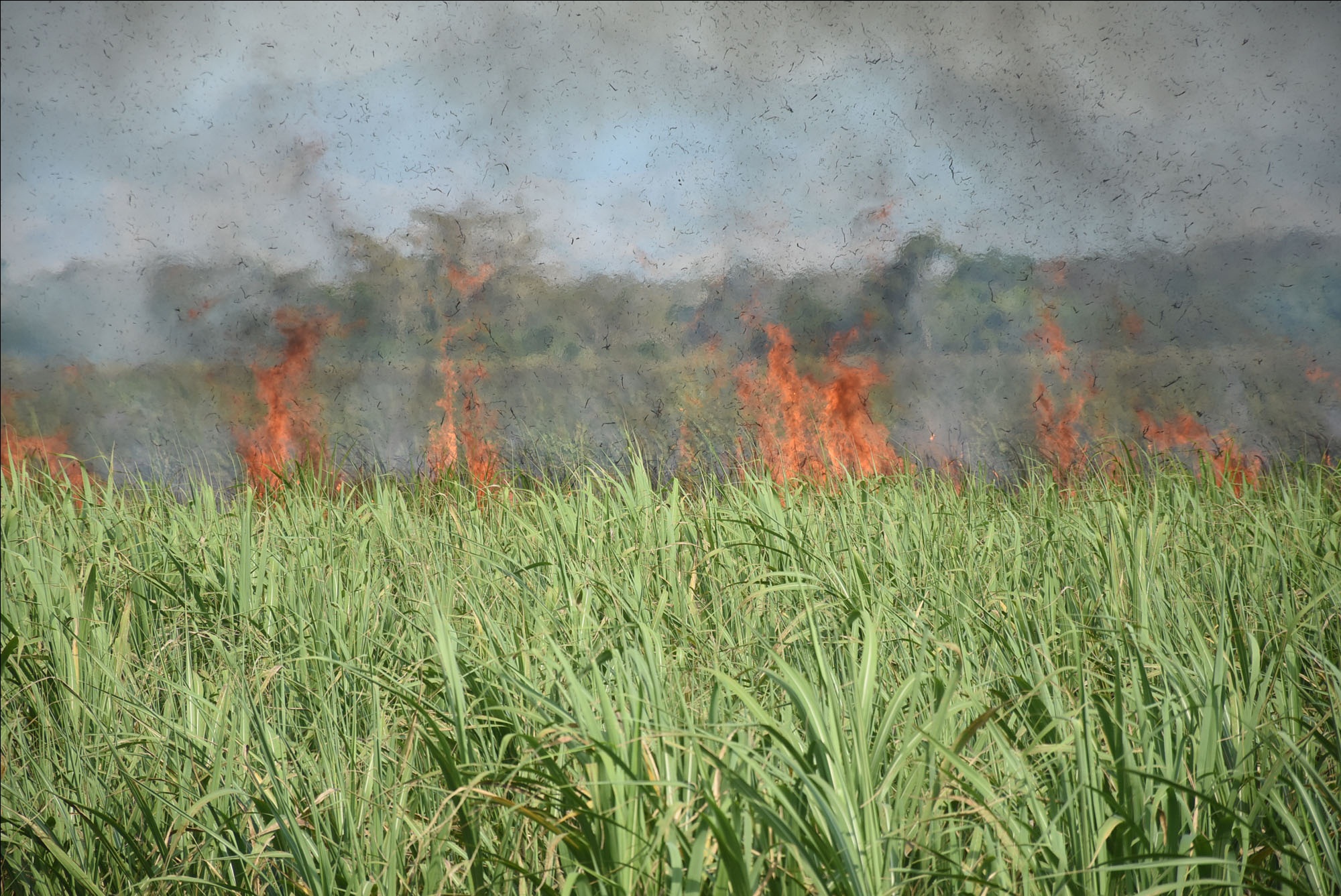Smoke from sugarcane burning has a huge impact on the environment, says the Sugar Research Institute of Fiji CEO, Professor Santiago Mahimairaja.
He says during burning large amounts of a variety of gases, including greenhouse gases (GHG), are emitted into atmosphere which will have detrimental impact on environmental quality.
“More than 90 per cent carbon present in the sugarcane trash (approximately 40-42 per cent Carbon) will be lost as carbon dioxide (CO2) which is a major GHG,” he said.
“Theoretical estimate has shown that approximately 23 tonnes of CO2 per hectare may be released during the cane burning. Therefore, this will have a serious impact on climate change phenomenon.
“Similarly, about 90 per cent of nitrogen, 25 per cent of phosphorus, 50 per cent of sulphur, 20 per cent of potassium present in the sugarcane trash are also likely to be lost during burning.
“Significant amounts of nitrous oxide (N20), carbon monoxide (CO), methane (CH4) and other hydrocarbons also are found released during burning.
“Emission of these gases into the atmosphere changes the chemical composition of the atmosphere and affects the environmental quality.”
Prof Mahimairaja adds the smoke from cane burning also impacts human health.
“Several respiratory diseases, particularly in children, are associated with the gaseous emission due to burning of cane.
“Therefore, sugarcane farmers are requested not to burn the cane in the field as it is detrimental not only to soils and sugarcane, but also to environment and human health.”



